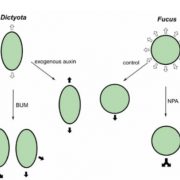
Auxin Function in a Brown Alga
Plant Physiology, Plant Physiology: On The InsideAuxin controls body plan patterning in land plants and it has been proposed to play a similar role in the development of brown algae (Phaeophyta) despite their distant evolutionary relationship with land plants. In flowering plants and many multicellular brown algae, the establishment of the apical-basal…

Plant Reactive Oxygen Species Enhance Virus Spread by Aphids
Plant Physiology, Plant Physiology: On The InsideHemipterans, a group of phloem-feeding insects that includes aphids, planthoppers, and whiteflies, are responsible for the spread of most plant viruses from plant to plant. Stylet positioning and feeding activities have important consequences for the acquisition and transmission of viruses by insect…
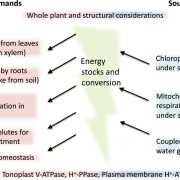
Meeting review: Energy costs of salinity tolerance in crop plants (New Phytol)
Plant Science Research WeeklyPlants use diverse strategies for salt tolerance, including regulated transport of several different ions and production of compatible organic solutes. In April 2018, a workshop was held to discuss strategies for breeding salt tolerance in plants, with a focus on the energy requirements of various strategies.…
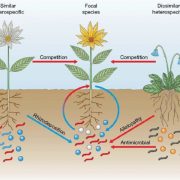
Review: Mechanisms of plant–soil feedback: interactions among biotic and abiotic drivers
Plant Science Research WeeklyWe often think about how the soil environment influences plants, but two new papers focus on how plants influence the soil environment (through abiotic and biotic effects), in turn affecting other plants. These plant-soil feedbacks (PSFs) can be negative (resource depletion, natural enemy accumulation)…
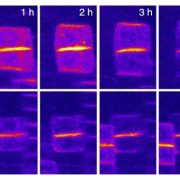
Re-establishment of PIN2 polarity after cell division (Nature Plants)
Plant Science Research WeeklyPlant cells have polarity, with the distribution of the auxin transporter protein PIN2 being a well-described example. Glanc et al. investigated how polarity is re-established following cell division. The authors showed that during cytokinesis, protein trafficking is directed towards the central cell…
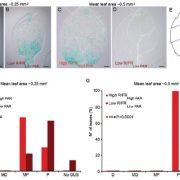
Leaf development in canopy shade (J. Exp. Bot)
Plant Science Research WeeklyVegetative shade affects the ratio of red (R) and far-red (FR) light; relative to sunlight, the R/FR ratio is decreased due to absorbance of photosynthetically-active R light by other leaves. Low R/FR ratios cause increased elongation of shaded plant stems and petioles, as the plants strive to raise…
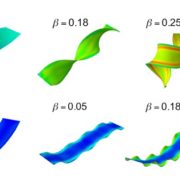
Differential growth and shape formation in plant organs (PNAS)
Plant Science Research WeeklyThis paper is kind of fun because it explores plant leaf and petal shape from an engineering perspective, identifying “fundamental mechanistic insights into how nature invokes mechanics in the evolution of commonly found shapes in plant organs by differential growth.” For each organ, the authors…

Scientific communication in a post-truth society (PNAS)
Plant Science Research WeeklyI think most scientists are occasionally exasperated when confronted with statements that clearly contradict what we know to be true, whether the topic is climate change, vaccine safety or biotechnology. Iyengar and Massey argue that the persistence of these flawed ideas is not due to a lack of positive…
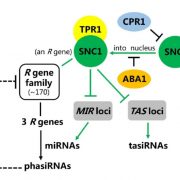
R gene-miRNA-phasiRNA regulatory module (Nature Comms)
Plant Science Research WeeklyIn plants, like people, having an overactive immune response is just as bad as having an underactive one. R genes in plants are key immune components that need to be kept quiet until needed. Previous studies have shown that miRNAs are involved in suppressing R gene expression, in a process that is amplified…

